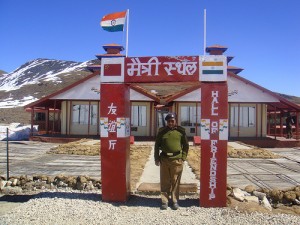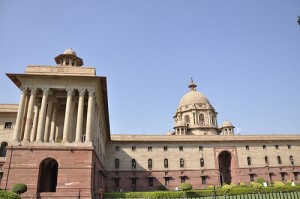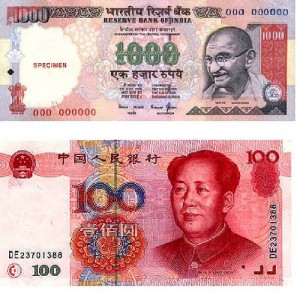
June 16, 2013: The news that Indian political and security analyst B. Raman had succumbed to his years-long battle with cancer came as a jolt on a quiet Sunday afternoon. We were among his many avid readers, and had last seen him early in 2012, over a cup of tea and his usual acerbic conversation, in Chennai. He was characteristically harsh in his judgments of both the U.S. and Indian governments over the Maldives, the topic of the hour. And, equally characteristically, he was unwavering in his conviction that India needed to define and pursue its interests – realistically and, if necessary, cold-bloodedly. His firm views, which he set out in briskly drafted, numbered paragraphs that reflected his long career in government, were always insightful and often unorthodox. We often disagreed, but he was always worth reading.
Continue reading “B. Raman: Realpolitik in the Service of India”





